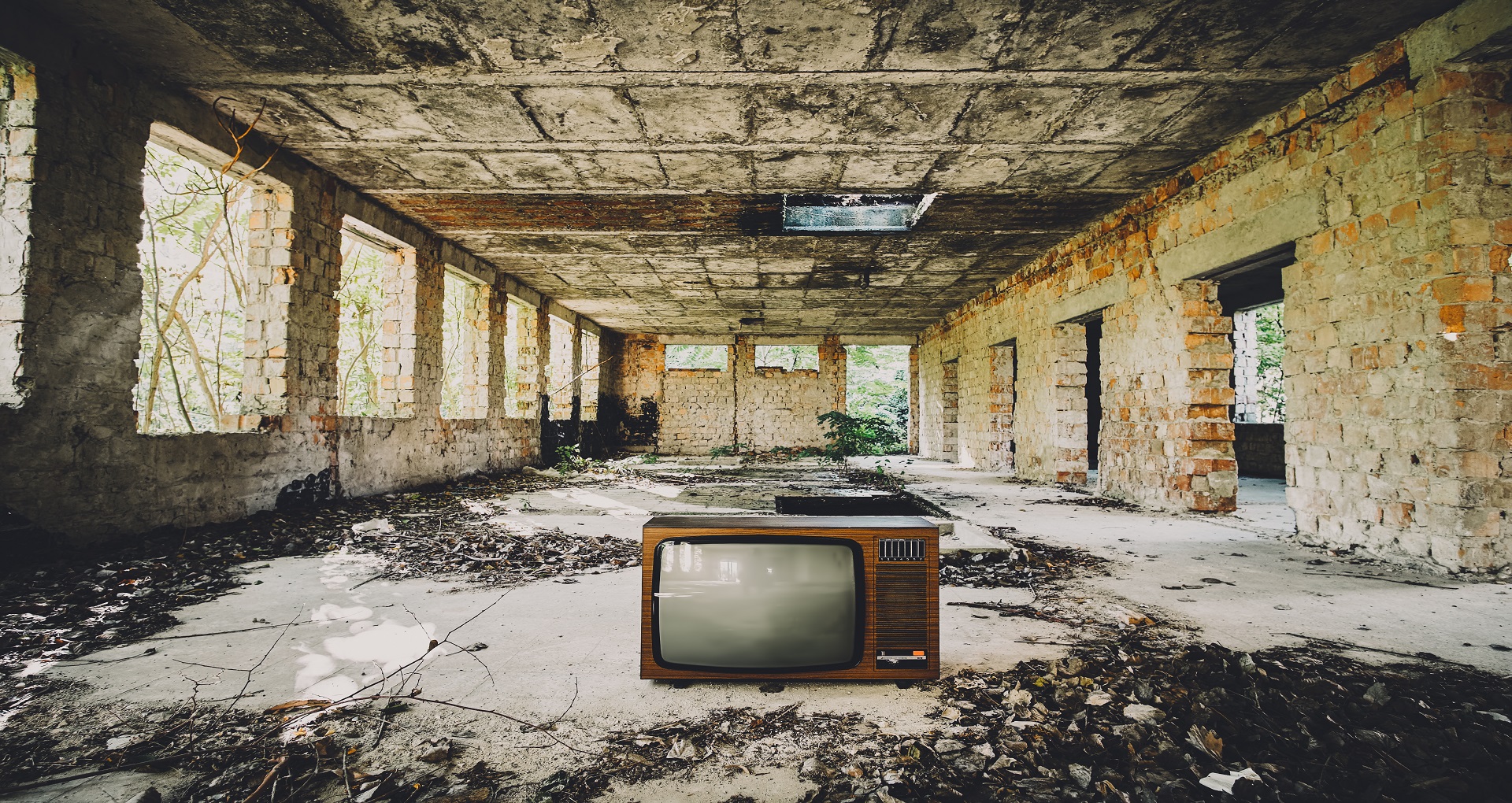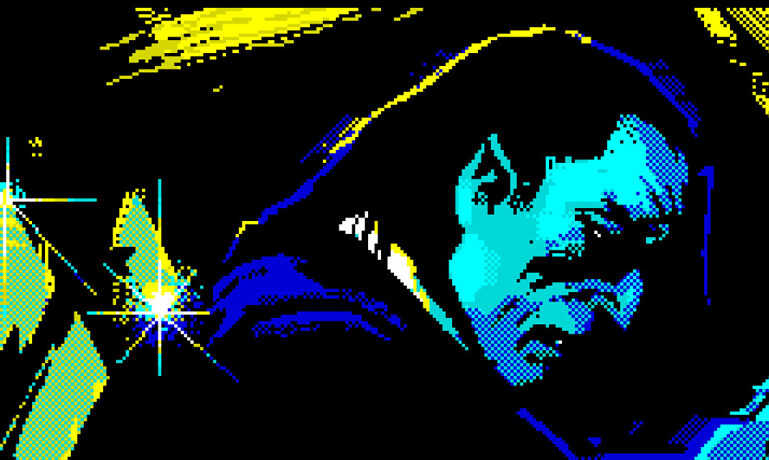
Analog Horror: You Really Shouldn’t Be Seeing This
Like all media, horror tends to move in waves. At the beginning of the 2010s, we were all enthralled by the hide and seek gothic horror of Amnesia. This style of horror remained in vogue for some time. Some would even say it never left, and has in fact become part of the larger horror ecosystem as a permanent addition. I tend to agree with the latter opinion. At the end of the day, programming combat is time intensive and difficult. If you can still communicate the languages of fear and creeping dread through playing hide and seek with an unknowable horror, then good on you. In the realm of film, the early 2010s were awash in found footage. Paranormal Activity, Grave Encounters, V/H/S. There was no shortage of shaky handheld footage. These were our first tastes of what’s now known as “analog horror”, and we didn’t even know it.
Analog horror is the new hotness. The secret of horror games is this: Steam doesn’t determine the trends. To get an idea of what is really picking up in the horror community, you need to check Itch.io or Gamejolt. I prefer Itch, as it’s thin veneer of respectability puts it slightly above the back alley flash game feel of Gamejolt. That’s just a me preference. They’re both excellent platforms for developers of horror and frankly all other genres. To look at the most popular games in the Itch.io horror section is to understand the appeal of analog horror. I’ve talked about it for two paragraphs or so now, but I’ve not explained what analog horror even is. Well, it’s a subgenre of found footage, focused mainly on things like old early warning alert systems, training videos, and other filmed on VHS oddities. It is a genre that welcomes experimentation, while preying on something we all experience: Nostalgia.

I’m old. I’ve talked about it a few different times, and I still remember relying entirely on VHS tapes for my home media fix. I’m 32, which means I grew up in a time of insane technological advancement. In my time on this planet, I’ve seen VHS, DVD, and finally blu-ray become the dominant forms of home entertainment. That’s not even mentioning the tons of strange formats that never caught on. I’m not saying this to gatekeep the generations that came before me. The last VHS tape produced was A History of Violence in 2006. The generations that came after me are not exempt from the fear that feeds on nostalgia in the form of analog horror. Thrift stores, Goodwills, and garage sales are still chock-full of VHS tapes of undetermined and mysterious veracity.
Home video today is an entirely different beast than when I was a child. The full HD experience is comforting and slick. There is no degradation hiding at the edges. It’s as pristine a format as you can find; until the next one comes along. Therein lies the appeal of analog horror. A VHS tape experiences wear and tear and its insides start to fray and with each new viewing, details get muddied. The safe and sanitized feel of modern HD viewing need not tread in these dark places. Also the VHS brought a revolution in amateur film making. A camcorder existed in almost every middle class household in America, and everyone was recording every moment – good and bad – that occurred in their lives. It gives that grainy old V/H/S a forbidden feeling. You feel as though you’re seeing something that’s not for you, not for anyone really. A beat-up Blockbuster Videos training VHS has no place in this world, and the damage it has accrued over time lends to its otherworldly feel.

Analog horror takes that feeling = born out of the realization that the things we grew up with are fleeting – and personifies them. Games like Amanda The Adventurer prey on our memories of shows like Bob the Builder, Dora the Explorer, [name] the [occupation], and asks us what happens when we stop watching that old videotape every day. What happens to our media when we stop caring? Every day we’re losing more and more of the collective weirdness stores in those tapes. Analog horror is a response to that. A refusal to let the dead die. No matter how many tapes go forgotten, we’ll never forget the feeling of seeing what was one them. The feeling can be recreated in Unity, in Unreal, in Godot. We will never get away from seeing – in full force – the things we thought we outgrew become rotten and twisted.
We like that. I like that, at least. There was always a voyeuristic thrill in slapping a black spine videotape in the old Sanyo VCR. It could have been anything. More often than not, these unlabeled tapes acted as small time capsules. One tape I found a couple of years ago had a whole day of recorded programming from G4. An episode of Code Monkeys, some X-Play, and commercials I had forgotten about a long time ago. This was zombie media: It was never meant to be seen again outside of reruns in the months and weeks following its release. It was a stranger in a strange land, never meant to make it to 2019 or whatever year I found it. It was better left in a place with a completely different mindset. Analog horror also works in the sense that it can show us things that seem unreasonable or unrealistic through a 2022 lens. Imagine watching a duck and cover instructional video from the early 80’s. If you didn’t live through it, it would be unnerving to see a video telling you with a straight face to hide under your desk if a nuclear bomb hit.

The real appeal of analog horror is that it’s for everyone because we all remember it. The cycle is starting again even now. Zoomers are out here reminiscing about waking up in the middle of the night to old episodes of George Lopez on Nickelodeon. These memories wither with time and become horrors, and developers will always be there, ready to bring these eaters of nostalgia and childhood wonder to life. Because what do horror devs do except pay the utmost attention to what scares us?


